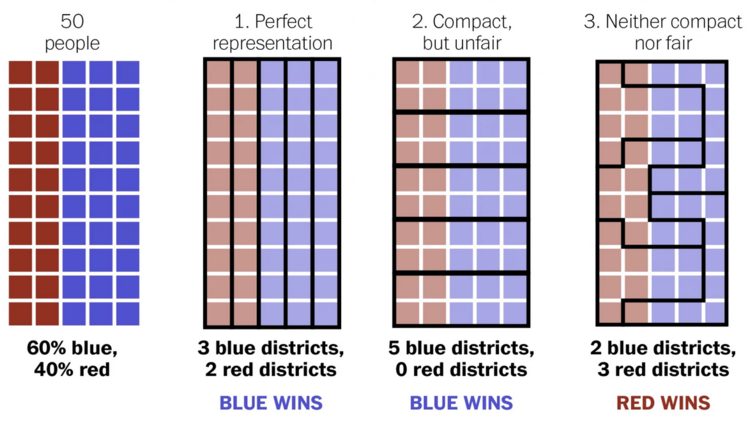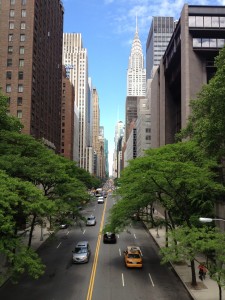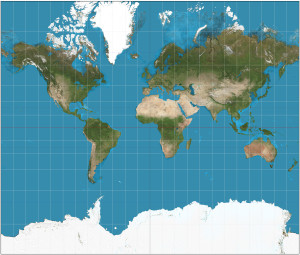Embed from Getty Images
A few weeks ago it was announced that a new hotel will be built in Mecca, Saudi Arabia. New hotels are announced and built on a seemingly endless basis, what makes this one special? Size.
Developers are planning on making it the world’s largest hotel with over 10,000 rooms. A full 3,000 more than the current leader, the MGM Grand in Las Vegas.
While it may seem a daunting task to fill such a large hotel there is one time a year that there should be no problem at all, the annual hajj. The hajj is one of the five pillars of Islam, requiring Muslims to make one trip in their lifetime to the birthplace of the religion’s founder Mohammed. This pilgrimage happens once a year during the final month of the Muslim calendar.
Millions of Muslim from around the world come to share in the ceremony. So many Muslims arrive that it is considered the largest annual gathering of people on the planet. Come the annual hajj, the reality is that even with 10,000 rooms, the problem they will face is not too many rooms, but still not enough to accommodate everybody in attendance.
This sacred trip taken by Muslims is a theme that comes up repeatedly in Human Geography. It is the most well known pilgrimage taken by believers among the major religions and is commonly used as an example on tests and exams. Being able to identify the hajj, or using it as an example on an essay, might be the difference between failing and passing the AP® Human Geography Exam.





